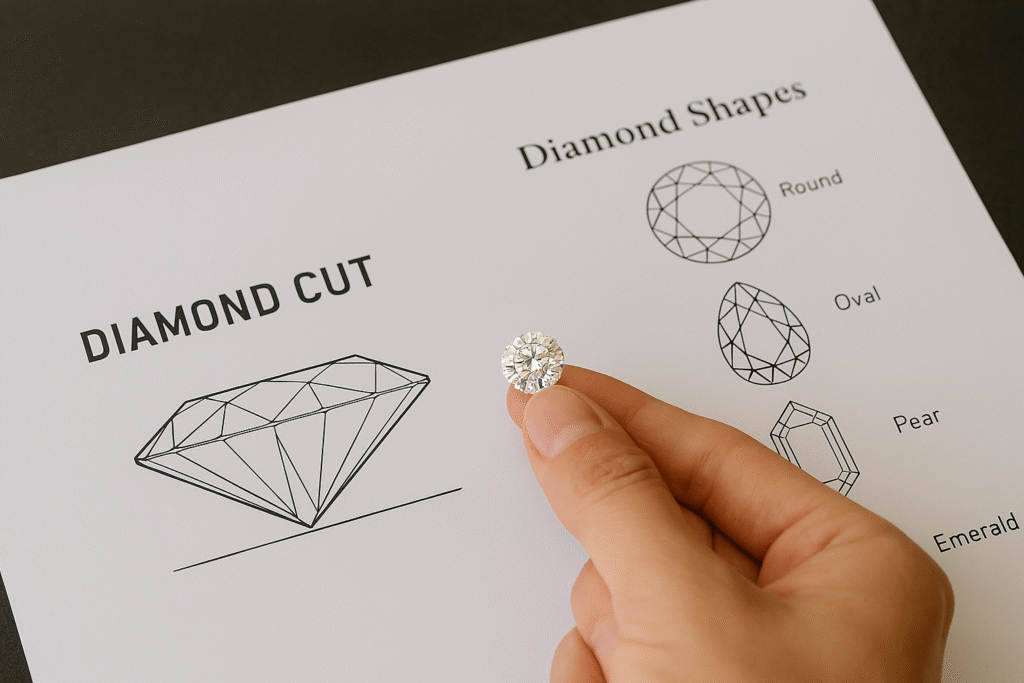Indian Natural Diamond Retailers Alliance and De Beers Partnership
The Indian Natural Diamond Retailers Alliance (INDRA) is helping jewelers across India grow, build trust, and educate consumers about natural diamonds. Partnering with De Beers and supported by the Gem & Jewellery Export Promotion Council (GJEPC), the alliance provides training, marketing support, and certification services to small and independent retailers. With India’s diamond market valued at $10 billion, this collaboration ensures that members of the Indian Natural Diamond Retailers Alliance remain competitive and credible in the growing diamond sector.
Why the Indian Natural Diamond Retailers Alliance Matters
India has long been a hub for diamond cutting and trading, but retail has often been fragmented. The Indian Natural Diamond Retailers Alliance provides:
- Training through the De Beers Institute of Diamonds
- Certification and grading services for natural diamonds
- Marketing campaigns like Forevermark
- Consumer awareness programs highlighting diamond quality and ethical sourcing
This initiative helps independent jewelers compete with large chains like Tanishq while increasing buyer confidence. Research shows over 70% of India’s diamond sales still come from small retailers.
See also: Understanding BIS Hallmark
Benefits for Retailers and Buyers
The Indian Natural Diamond Retailers Alliance ensures collective branding, knowledge sharing, and uniform quality standards. Members gain credibility, while buyers benefit from transparency, verified authenticity, and assurance of ethical sourcing. Awareness campaigns also highlight new diamond-buying occasions, including anniversaries, promotions, and self-purchases.
Read more at:
- De Beers Group
- Gem & Jewellery Export Promotion Council (GJEPC)
- Indian Natural Diamond Retailers Alliance
FAQ For the Indian Natural Diamond Retailers Alliance
Q: What is the Indian Natural Diamond Retailers Alliance?
A: A collaboration between De Beers, GJEPC, and small jewelers to promote natural diamonds and support retailers.
Q: How does it help smaller retailers?
A: By offering training, certification, marketing resources, and consumer awareness campaigns.
Q: Why is trust important in diamond buying?
A: Certified diamonds and informed buyers increase sales and confidence.
Q: Where can I learn more about diamond quality standards?
A: See Mistakes in Gemology for detailed guidance.
Introduction
This comprehensive Watch Buying Guide answers the most common questions about timepieces.
Whether you’re purchasing your first watch or adding to your collection, these expert insights help you make informed decisions.
From understanding movement types to choosing the right size for your wrist, you’ll find everything needed before making a purchase.
What Types of Watches Should You Consider? – Watch Buying Guide Insights
Understanding the five main categories helps narrow your options:
- Mechanical watches – Use springs and gears. No battery needed.
- Quartz watches – Battery-powered; most accurate.
- Automatic watches – Wind themselves from wrist movement.
- Digital watches – Display time numerically on a screen.
- Smartwatches – Connect to your phone and track fitness data.
Accuracy Expectations – Watch Buying Guide Tips
- Quartz watches – Lose about 15 seconds per month.
- Mechanical watches – Lose 20–40 seconds per day.
- Atomic watches – Lose 1 second every 100 million years.
- Your phone’s clock stays perfectly accurate.
Water Resistance Considerations
Water resistance ratings affect usage scenarios:
- 30m – Handles rain and handwashing
- 50m – Safe for swimming
- 100m – Suitable for snorkeling
- 200m+ – Scuba diving
Replace gaskets every 2–3 years to maintain resistance.
Maintenance Schedule – Watch Buying Guide Advice
- Quartz watches – Battery replacement every 1–3 years.
- Mechanical watches – Full service every 3–5 years.
- Service costs: $200–800 depending on the brand.
Watch for stopping, running fast/slow, or condensation under the crystal.
Pricing Strategy
- Budget watches – Plastic cases, basic movements
- Mid-range watches – Steel cases, reliable mechanisms
- Luxury watches – Precious metals, hand-finished details
Remember: craftsmanship, materials, and brand prestige drive prices.
Sizing Advice
- 6–7 inch wrists – 38–42mm
- 7–8 inch wrists – 40–44mm
- 8+ inch wrists – 42–46mm
Ensure lugs don’t overhang wrist edges.
Complications to Prioritize
- Date display – Useful daily
- GMT hand – Second time zone
- Chronograph – Stopwatch
- Moon phase – Decorative
- Annual calendar – Adjusts month lengths
More complications = more things that can break.
Maintenance Tips
- Clean with a soft cloth
- Avoid extreme temperatures & magnets
- Wind manual watches daily
- Use watch winders for automatics
- Don’t adjust date between 9 PM–3 AM
Investment Potential
- Most watches lose value after purchase
- Only select Rolex, Patek Philippe, Audemars Piguet models appreciate
- Vintage watches from 1960s–70s show strong growth
- Buy watches you enjoy wearing, not solely for investment
Essential Tools
- Spring bar tool
- Case back opener
- Soft polishing cloth
- Watch cushion
- Demagnetizer
Where to Purchase
- Online – Better selection, often cheaper
- Physical stores – Try before buying
- Authorized dealers – Full warranties
- Grey market – Discounts, limited warranty
- Forums/eBay – Vintage pieces, verify authenticity
Learn More:



